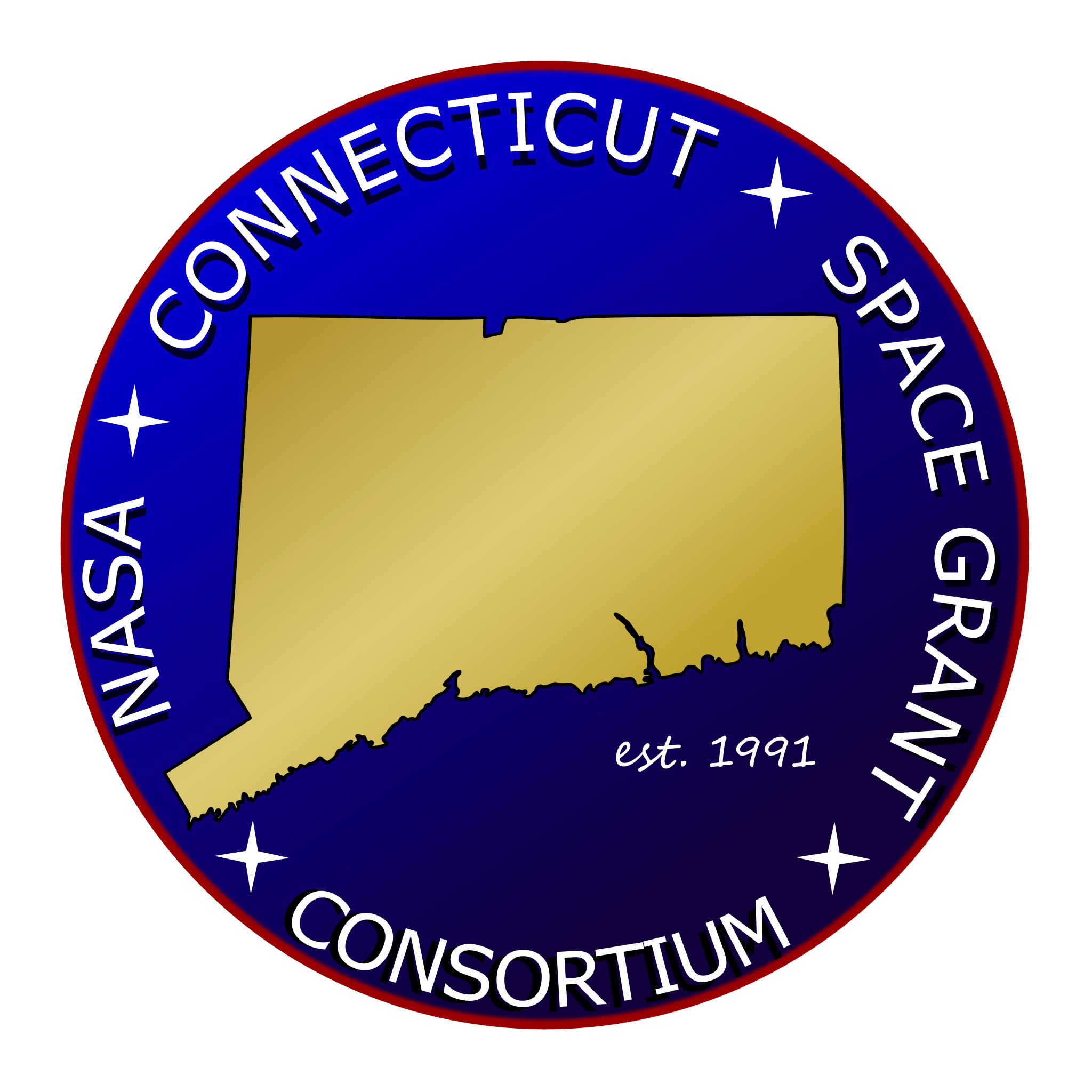
NASA Connecticut Space Grant Consortium (CTSGC) is proud to announce two communities in the state, East Hartford and Bridgeport, will engage in the Student Spaceflight Experiments Program (SSEP). SSEP is a program of the National Center for Earth and Space Science Education and the Arthur C. Clark Institute for Space Education that focuses on bringing student-generated research experiments into the Earth’s upper atmosphere. The program encourages educational communities “to design and propose real experiments to fly in low Earth orbit,” by promoting a STEM learning model for secondary students. By networking a relationship between the classroom and the space center, SSEP hopes to engage young students in STEM and inspire a generation of new engineers and scientists.
NASA CTSG is providing some funding to two Connecticut schools (and its communities) for SSEP’s Mission 11 to the International Space Station: CREC Two Rivers Magnet School in East Hartford, and the Fairchild Wheeler Interdistrict Campus in Bridgeport.
“SSEP is designed to empower the student as scientist, and within the real-world context of science. Student teams design a real experiment, propose for a real flight opportunity, experience a formal proposal review, and go through a NASA flight safety review. They even have their own science conference at the Smithsonian National Air and Space Museum, where they are immersed in their own community of researchers”, said Dr. Jeff Goldstein, creator of SSEP and NCESSE Center Director. “SSEP is about introducing real science to our children and if you give them a chance to be scientists, stand back and be amazed.”
The Fairchild Wheeler Interdistrict Campus, made up of three science and engineering high schools, is collaborating with the Discovery Museum and Planetarium, the Discovery Interdistrict Magnet Middle School, and the University of Bridgeport to allow students to participate in SSEP’s Mission 11 program. The museum and university will provide resources and information so grade 12 students will be able to develop their own proposals for microgravity experiments. The younger students in the community will be able to participate in this project through a community-wide patch design competition. Co-directors Jay Lipp (Fairchild Wheeler), Stephen Baumann (Discovery Museum), and Jani Pallis (University of Bridgeport) hope that the involvement of students with SSEP will encourage a greater interest in Engineering Design and Earth-Space topics, especially in conjunction with Next Generation Science Standards (NGSS) being implemented in Connecticut.
Led by program director Ms. Kennan Poulakos (CREC Schools), Two River’s SSEP community program team is made up of 6th and 8th grade science teachers who intend to integrate the SSEP curriculum and experimental design plan into these grades, involving a total of 440 students. The team plans to use Mission 11 as a pilot initiative with the intention of integrating SSEP as a cornerstone program of the school. Collaborations with students from the University of Connecticut as well as with staff from the CT Science Center will help the students of Two Rivers develop their projects.
Dr. Hisham Alnajjar, Director of the NASA Connecticut Space Grant Consortium, said, “The Student Spaceflight Experiments Program (SSEP) is a great way to spark curiosity in and engage our youth about the intersects of space and research. We are excited to fund the innovative projects proposed by Bridgeport and East Hartford. These projects are excellent examples of the power of community collaborations in cultivating learning in relation to space research.”
The student-led projects will be part of SSEP Mission 11, and will be headed to the International Space Station (ISS) aboard a U.S. commercial spacecraft, either Orbital Sciences Cygnus or SpaceX Dragon, with an expected launch date in Spring 2017.
Check back on the NASA CTSGC website for updates on these projects.
